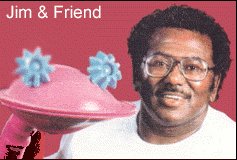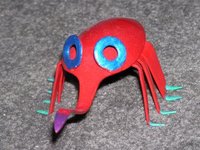If you seem to gain a little weight every year, year after year, you will develop a serious weight problem. I won't list the problems you will likely encounter, but they are serious and sometimes deadly. The question of why this happens is a good one to ask.
Based on my understanding, there are three factors involved here:
1) as we age, we usually reduce our activity level
2) dieting can cause our bodies to lose muscle
3) fat is less dense than muscle
Let's look at each of these factors.
When we are kids, we run around a lot; on the playground, after school, during sports activities and so forth. In high school, many of us participate in sports, and even those who don't often had gym class and might have walked to school. Once we are adults, many of us get ready for work, get in the car and drive to work, sit at our desk at work, eat lunch at our desk, drive home from work, eat dinner, sit in front of the TV or computer, then go to bed. Do you see the lack of exercise? For many of us, walking to our car is the most vigorous thing we do on a typical day. We've engineered physical activity out of our lives.
If we diet, the intention is to take in fewer calories than our bodies expend. The problem with this is that if we are minimally active, our bodies readily go to work to conserve stored fat. To do this, they try to reduce calories used by our bodies and since muscle demands more calories than fat to survive, begin to consume excess muscle. This results in a general loss of muscle tone. If you modify your diet AND exercise, then the body believes that the muscle is necessary, and so does not consume it. This is the reason that a modified diet AND exercise is the only effective way to lose weight.
The final point, fat is less dense than muscle. This means that a lean, muscular person will be thinner than a poorly toned (that's a gracious way of saying "fatty") person of the same weight. A big part of the problem we have is our focus on the scale, rather than other factors, to judge our "healthiness." If you don't believe this is the case, take a piece of fat and a piece of meat and drop both into a glass of water the next time you eat steak. You should see the fat float and meat sink. Judge your healthiness by the really important things - the ones your doctor uses: blood pressure, cholesterol, etc.
In order to get your weight to trend lower do the following things:
1) be more active - this will build muscle, train your cardiovascular system, and burn calories
2) eat less food, and make sure the food you eat is not calorie dense and is high in nutrients (that means less junk food; less processed food; more fruits and vegetables, especially the intensely colored ones).
3) Don't go on a crazy diet - it took you years to put on your weight, is it unrealistic to spend a year or two to take it off? A sensible eating program with a reasonable exercise plan will keep you progressing steadily.













